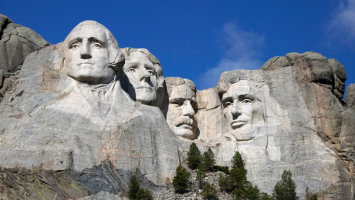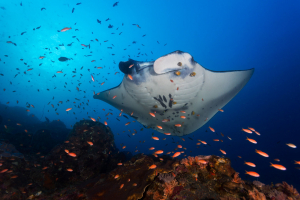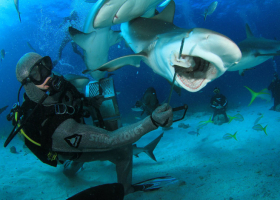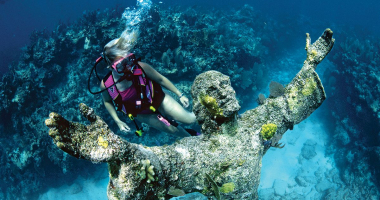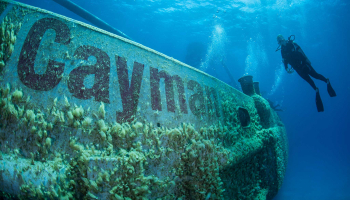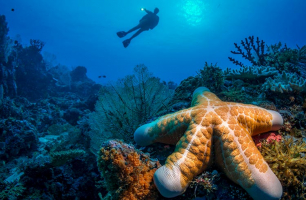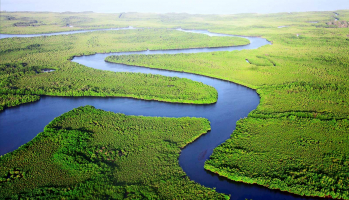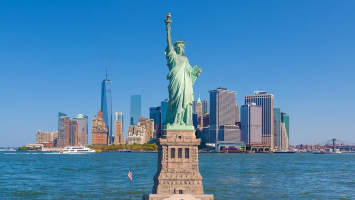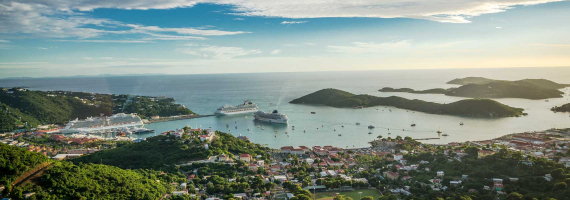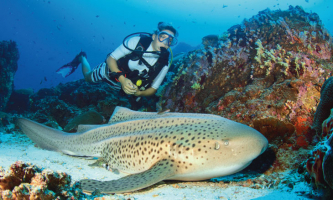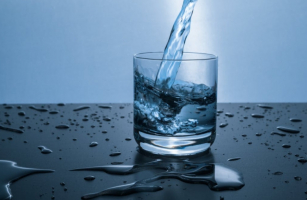Top 15 Best Dive Sites in the United States
No matter what part of the United States you plan to visit, you’ll find an amazing variety of great dives that will keep you coming back for more. From ... read more...shark-filled North Carolina wrecks to California’s kelp beds, the sheer number and variety of dive sites in the United States is staggering. Also there are some unexpected and memorable inland dive sites in places you would scarcely expect. Visit to discover the best dive sites in the United States!
-
The first dive site in the best dive sites in the United States is New Hampshire. New Hampshire is one of the smaller states in the U.S, but that doesn’t mean there aren’t plenty of great diving sites to choose from. Duck Island, The Isles of Shoals, and The Lady of The Lake are some of New Hampshire’s most popular spots amongst local divers. Duck Island is famous for its regular seal encounters. These curios harbor and grey seals are usually juveniles and love being playful with the divers. When they get bored with the divers, they tend to go play with the nearby lobsters, ropes, and seaweed.
Beyond the seals, the Isle of Shoals is gorgeous and a must-see location for any diver visiting New Hampshire. The seafloor is covered in a beautiful green and red kelp beds. Rock formations, boulders, and overhangs create wonderful structures for eels, dogfish, crabs, and squid.
Location: New Hampshire, US.
Best Time To Dive: November to February.
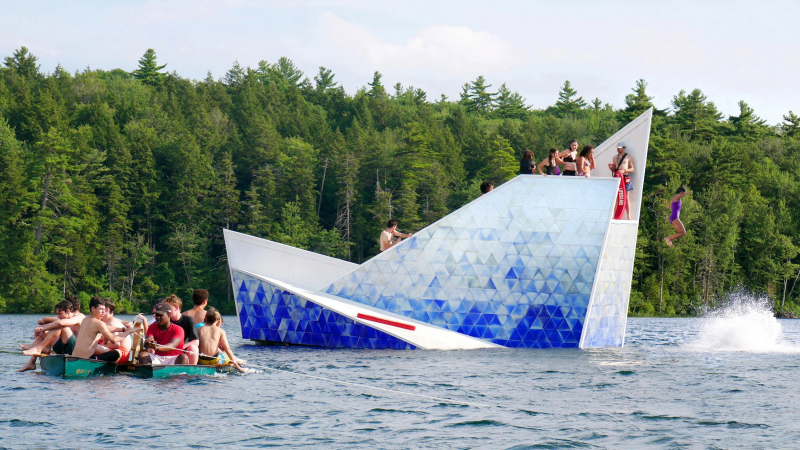
dezeen.com 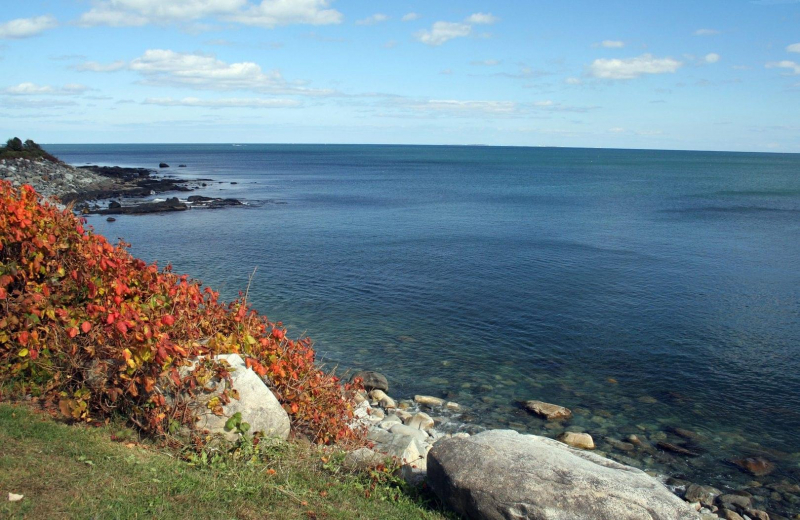
PADI -
California is among the best dive sites in the United States. The diving in California is varied and spectacular, but if there’s one thing that defines this state’s dive experience it’s the massive, looming kelp forests that rival the state’s redwoods. This marine alga can live for 20 years, reach lengths of 45 meters/150 feet, and grow 60 cm/two feet a day. There is nothing to compare with descending down through the massive fronds that rise from the depths to a verdant surface canopy. Sunbeams filter through, and everywhere you look there’s life. In Northern California, sea otters nestle on the surface, bright orange Garibaldi shows no fear, and bat rays cruise the sandy edges. Diving in California offers a rich experience for all marine enthusiasts.
Diving in California can be enjoyed all year with some obvious consideration that the winter months (December-February) will be cooler than the summer months (June-August). It is always best to check with a local dive shop ahead of time to see which dive sites are available at the time you plan to visit. With a great variety of dive sites, this region is suitable for all levels of diving. Visibility often sits between 10-20 meters. If big marine life like gray whales interests you, December-April tends to be their migrating pattern through this region.
Location: California, US.
Best Time To Dive: Year-around
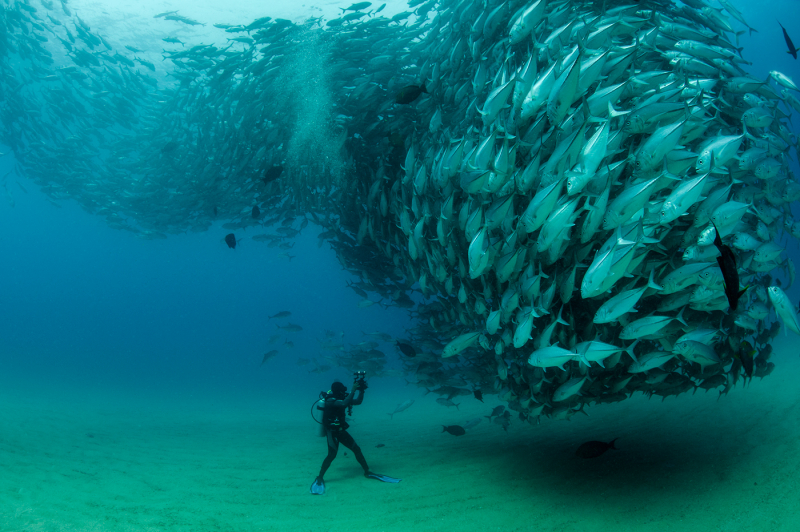
gocmarineprogram.org 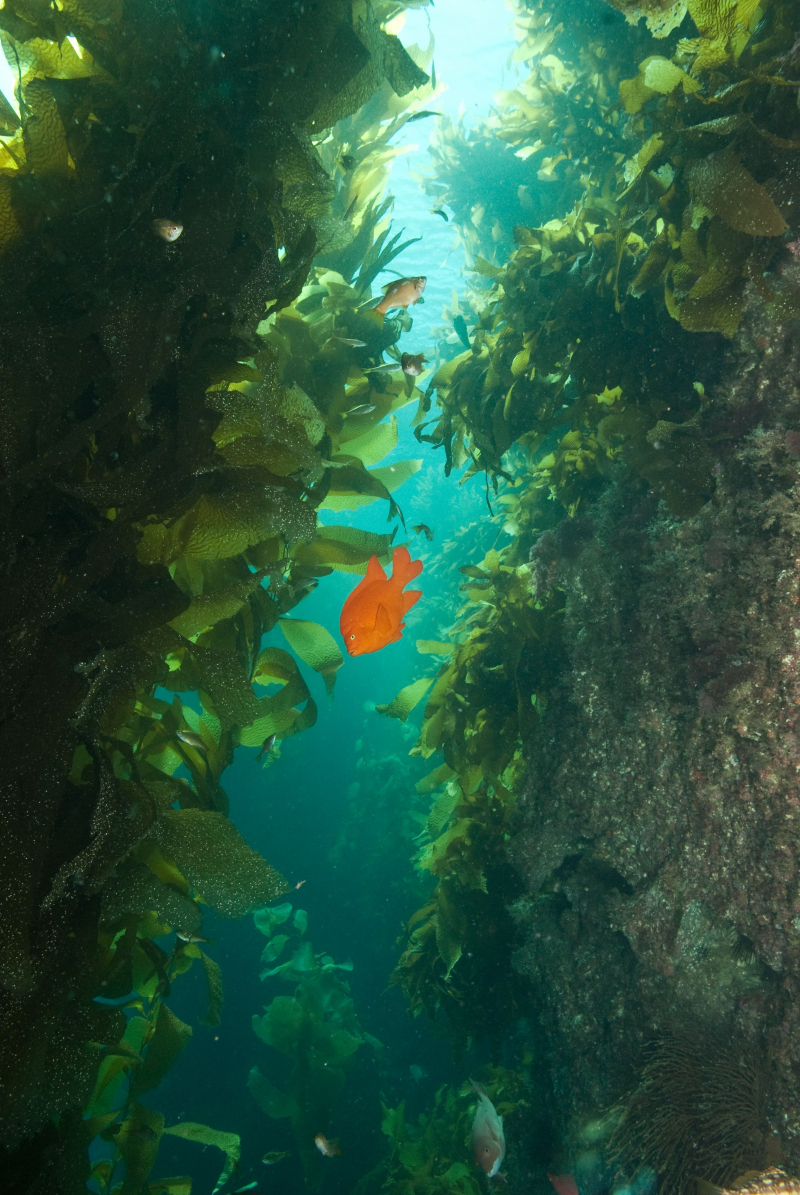
scubadiverlife.com -
Another the best dive site in the United States is Nevada. Even though Nevada is in the middle of the desert, you will be pleasantly surprised to hear it's a great place to enjoy fantastic scuba diving. Lake Mead National Recreation Area, which includes Lake Mead and Lake Mohave, is a unique freshwater lake located 35 miles southeast of Las Vegas. Natural stone rises from the depths of the teal water whilst shipwrecks slump on the silt bottom. Largemouth Black Bass, Striped Bass, Channel Catfish, Bluegill, Sunfish, and Shad are easy to spot here. The Bluegill swim in large schools and nibble on the cracked mussels.
The lake also has plenty of historic landmarks that only scuba divers can visit: the remains of the construction project that built the Hoover Dam, including cement tunnels and railroad tracks is popular amounts divers. The crystal-clear waters of Lake Tahoe in the Sierra Nevada mountains offer high-altitude diving, sunken wrecks, and freshwater aquatic life.
Location: Nevada, US.
Best Time To Dive: October to April.
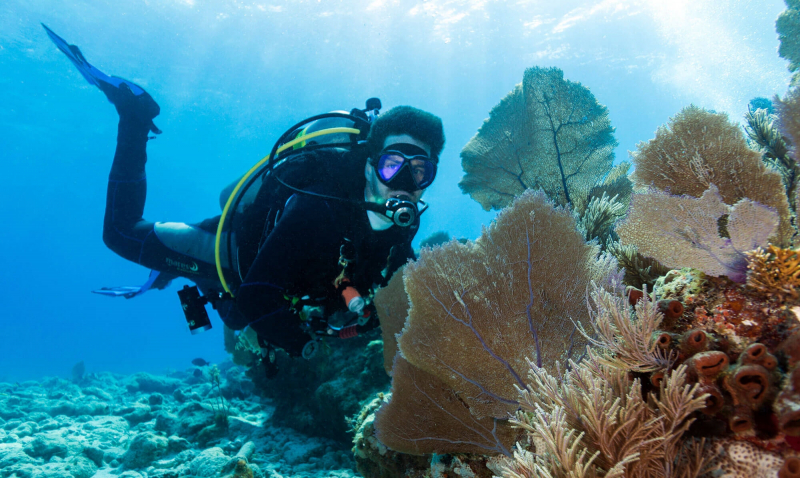
PADI 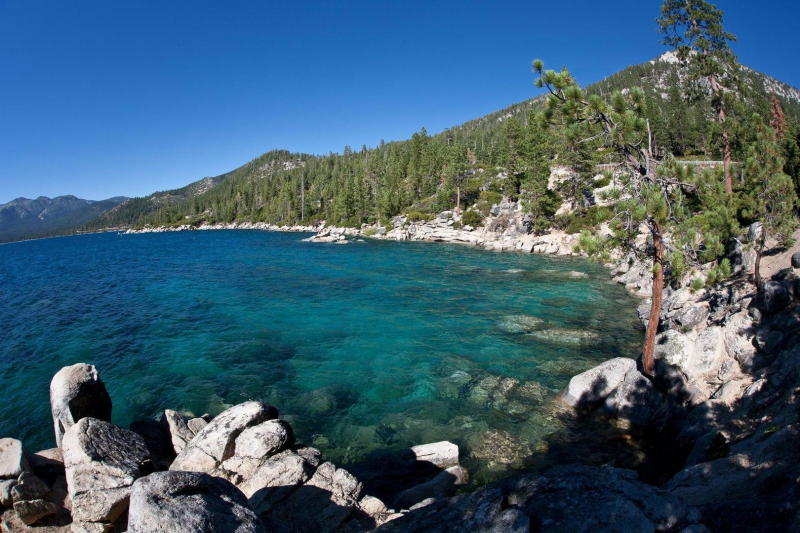
PADI -
The next dive site must mention in the top best dive sites in the United States is Florida. Florida’s oceans contain pelagic such as sea turtles, sharks, whales, and sailfish with their elongated bill and distinctive sail that often stretches the entire length of their back. If the manatees haven’t satisfied you, then during the summer months lemon sharks can be found in the shallower waters around the reefs. The corals are alive with knobbly sea rods – grey and naked like a tree after a forest fire – and stony symmetrical brain coral.
A two-hour drive north of Tampa, dive in Crystal Rivers King Spring. For those with proper training and experience, caverns start at 30 feet (9 meters) and drop down to 50 feet (15 meters). Expect to see the manatee often referred to as a sea cow, this relative of the elephant has a docile face dominated by its whiskered, upper lip. Located 50 minutes from Miami is the John Pennekamp Coral Reef State Park with 40 living coral species and 650 varieties of fish. The Molasses Reef has spur-and-groove formations, boulder corals, caves, lobsters, turtles, and rays.
Location: Florida, US.
Best Time To Dive: From May through October.
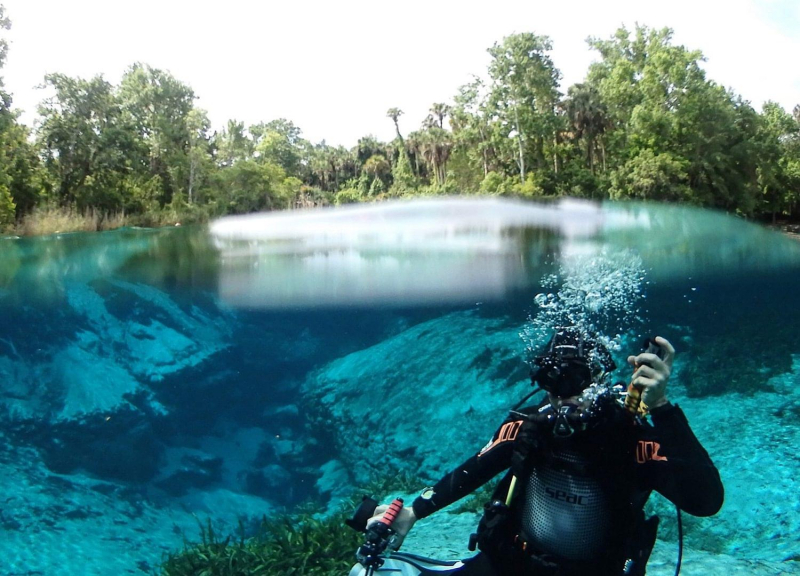
PADI 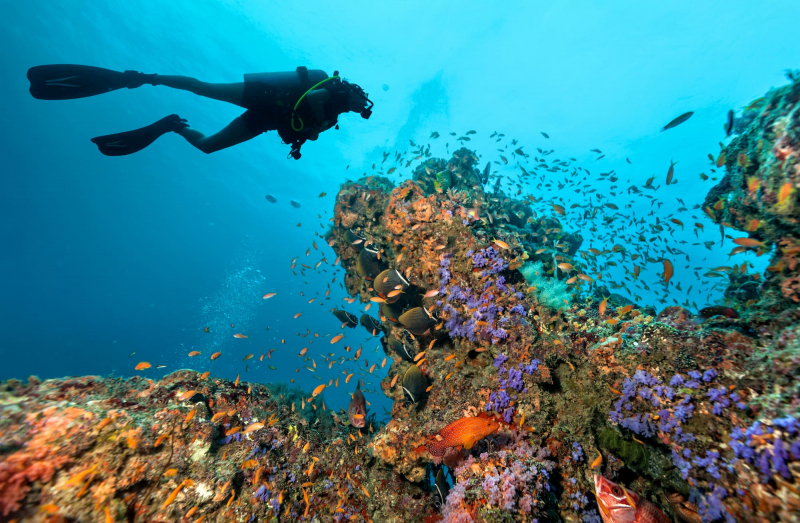
PADI -
Georgia is also one of the best dive sites in the United States. Gray's Reef National Marine Sanctuary is one of the most popular spots off the Georgia coast for recreational diving. With its amazing underwater park, the reef is teeming with marine life providing nurseries for juveniles and home to larger fish such as Atlantic goliath grouper and southern stingrays. It is also part of the North Atlantic right whale's calving ground.
Loggerhead turtles are frequently seen resting and foraging where it is believed scientists have identified more than 200 fish species. These reefs are packed with soft corals and sponges adding color to this surprisingly tropical destination. For lucky divers, both bottlenose and spotted dolphins are seen in the sanctuary so keep an eye out for these playful creatures when diving in Georgia. Loggerhead turtles are most common during their nesting season of May-October, while bottlenose dolphins frequent the area year-round.
Location: Georgia, US.
Best Time To Dive: May to October.
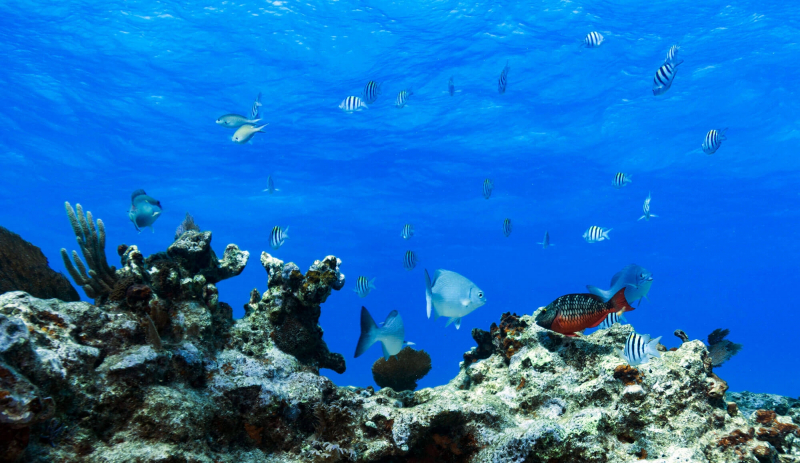
divebuddies4life.com 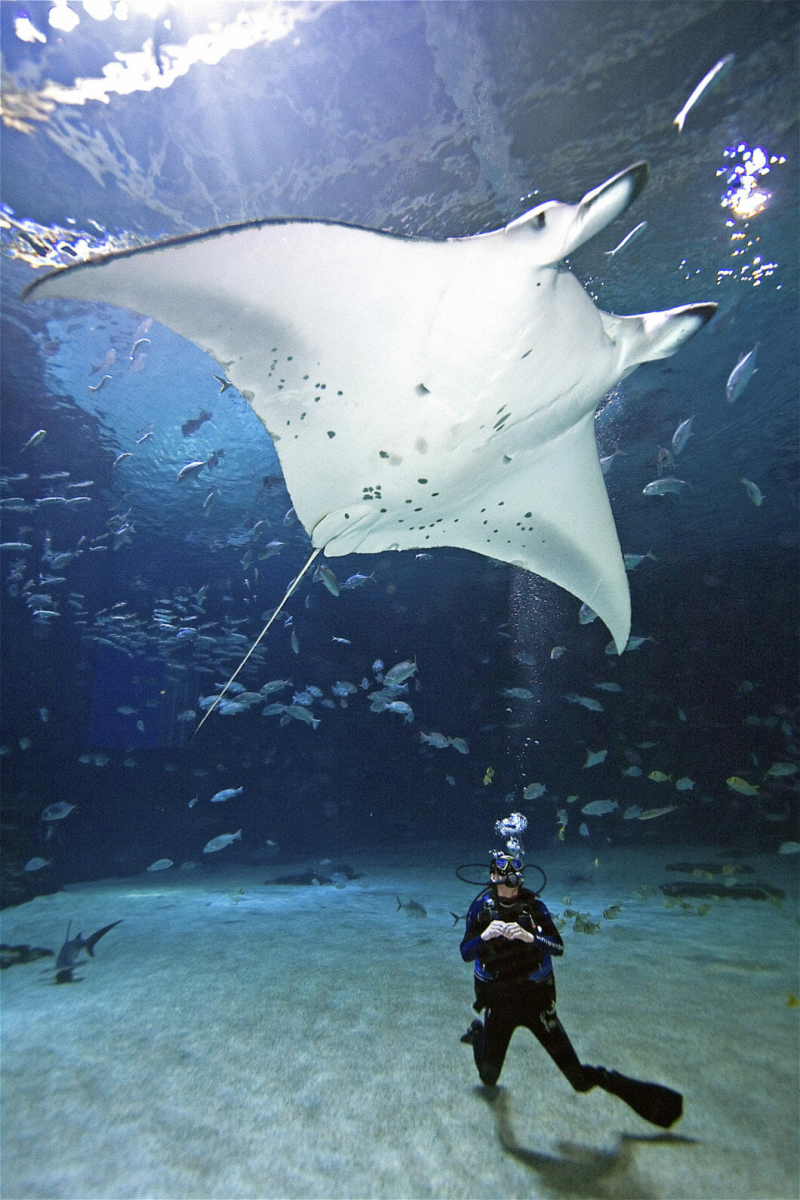
georgiaaquarium.org -
Virginia is one of the best dive sites in the United States because it is home to many fantastic quarries and lakes for both seasoned certified divers and those looking to discover the magical world of scuba diving. Lake Phoenix is a beautifully converted rock quarry located in Rawlings, Virginia. This hidden gem has some amazing granite walls and underwater rock formations that will take your breath away. On your dive, keep your eyes out for the plane, helicopter, several buses, and boats submerged in the quarry.
Due to the active aquifer in the quarry, Lake Phoenix is well known for having outstanding visibility, making it a perfect home for bluegill, bass, turtles, and crawfish. There are distinct thermoclines that stay around 44-58°F/6-14°C, making wetsuits and drysuits with thermal undergarments necessary for divers who like exploring the deeper areas. Winter water temperatures can get below 50°F/10°C.
Location: Virginia, US.
Best Time To Dive: March to September.
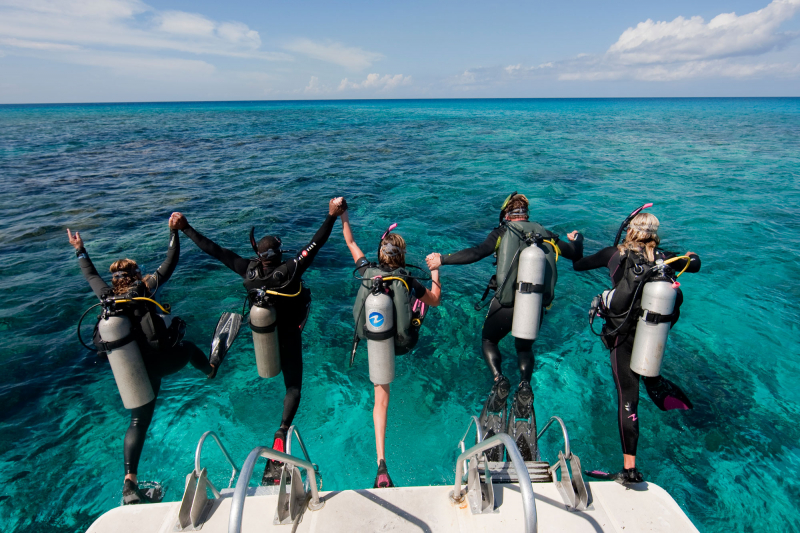
cbdiving.com 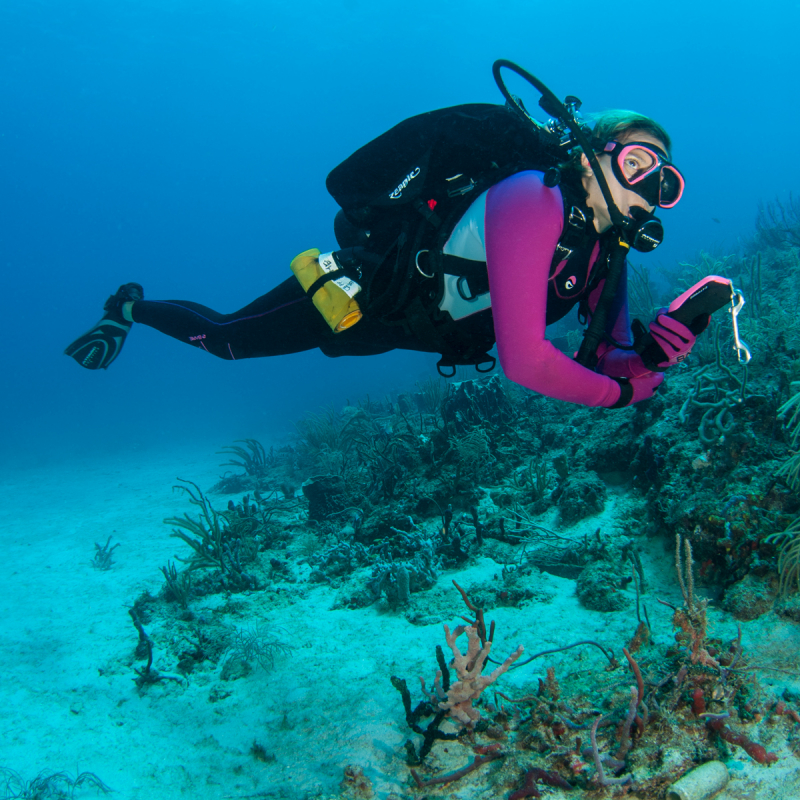
cbdiving.com -
Alabama’s waters offer great shore dives from artificial reefs to mysterious wrecks. The Whiskey Wreck lays just beyond a sandbar offshore, a popular walk-in dive day or night. The wreck is a 200-foot rum runner boat in less than 20 feet of water. In addition to its coastal options, some of Alabama’s old quarries have been converted into dive sites. Blue Water Park draws in visitors from afar with its amazingly clear and comfortable waters, large marine life population, and underwater attractions. From sunken cars to planes, you are able to embark on an underwater scavenger hunt. Keep an eye out for bass, sunfish, catfish, bream, bluegill, Japanese koi, carp, and turtles when exploring.
Alabama offers a mix of warm and cool conditions. The quarries can be dived all year whilst the water temperature of the Gulf of Mexico ranges from 60°F-72°F in winter/springs, while summer temperatures reach 79-80°F by July-August.
Location: Alabama, US.
Best Time To Dive: July to August.
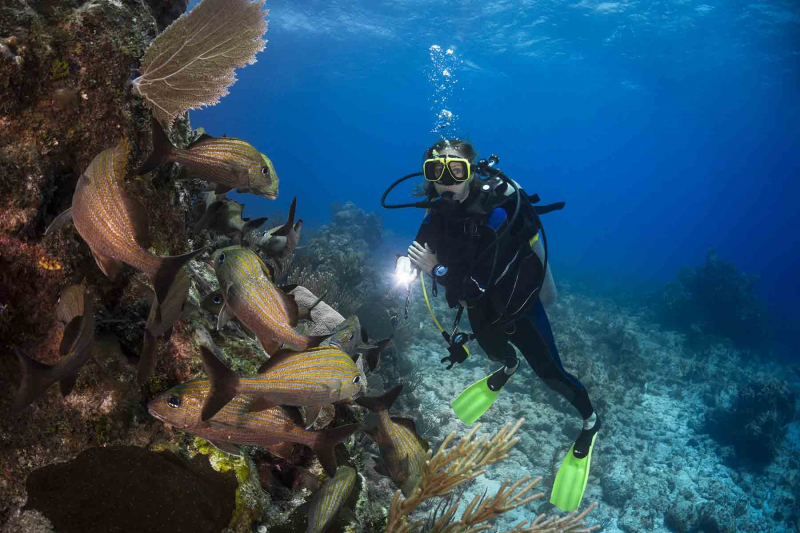
PADI 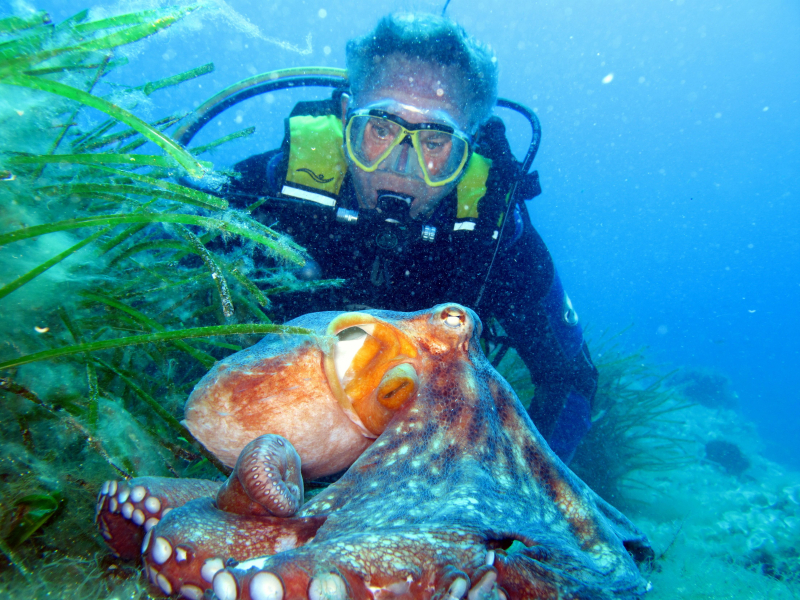
Tevfik Camgoz -
Minnesota is one of the best dive sites in the United States. It has over 50 dive sites waiting to be explored with wreck diving far up in Duluth, right down to Lake Calhoun in the Twin Cities area. If you like wall diving, then you will love diving into the iron pit mines. It might not offer the same as warm water reef diving but that’s the whole point. The bottom is rocky, with walls and shelves creating steps. These conditions will enhance your skills- great for multi-level, deep, or tech diving.
There are also several sunken attractions for divers to enjoy whilst diving in Minnesota. Training platforms, airplanes, boats, helicopters, buses, and cars are on show with an abundance of marine life inhabiting the lake such as sunfish, bass, crappie, walleye, and lake trout. Due to the cold water, lakes across Minnesota require a 7mm wetsuit in the summer with some divers opting for a dry suit.
Location: Minnesota, US.
Best Time To Dive: May to September.
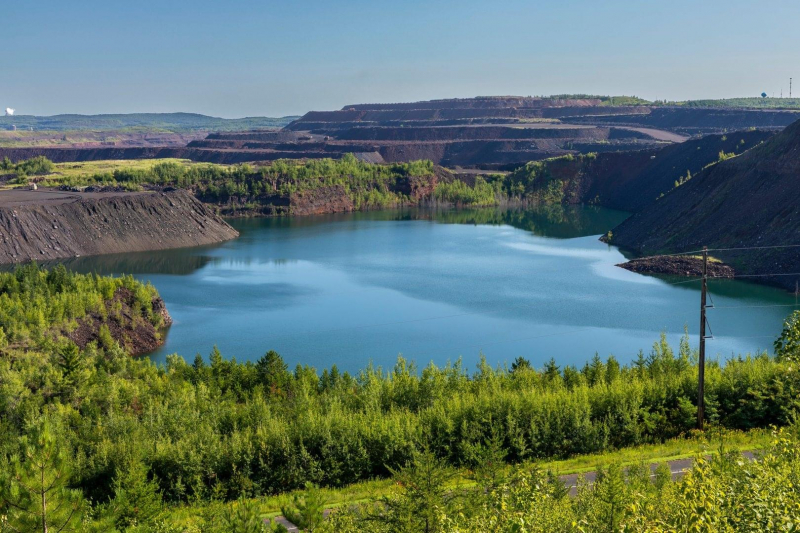
PADI 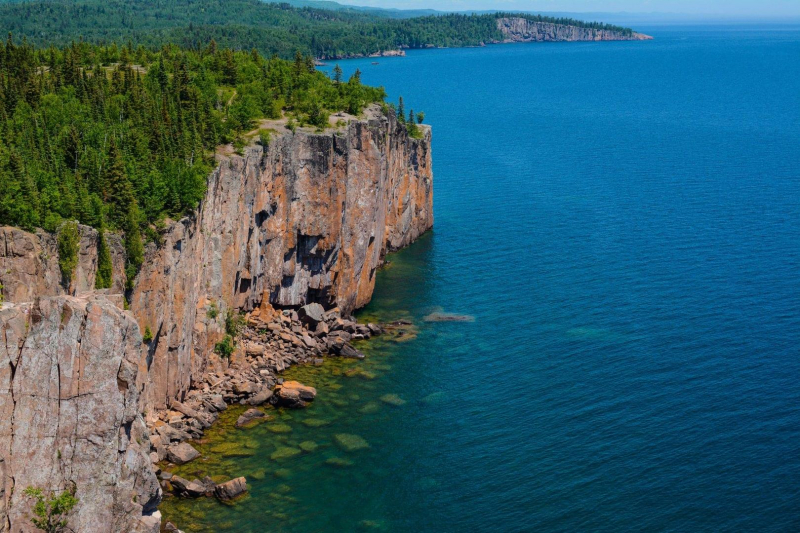
PADI -
Michigan is one of the best dive sites in the United States and it’s all about wrecks when diving in Michigan. Thunder Bay, home to over 100 wrecks is a national marine sanctuary with gems lying as little as a few inches to 200 feet. Among the most popular is the ‘Montana’, a 235-sidewheel steamer that sunk after a fire.
One of the richest areas in Michigan for wreck diving is the Manitou Passage Underwater Preserve which surrounds the Manitou Islands, part of the Sleeping Bear Dunes National Lakeshore. Wrecks to check out include Francisco Morazan, Three Brothers, and Walter L.Frost. Lake Michigan is also well worth a visit, with over 3000 shipwrecks- all full of unique stories and many dating back to the 1800s. The recreational dive season in Michigan is from May to November, though it is possible to dive a number of the lakes all year. During the winter months, water temperatures can drop, you should prepare a dry suit with thermal garments and a redundant air supply is required.
Location: Michigan, US.
Best Time To Dive: May to November.
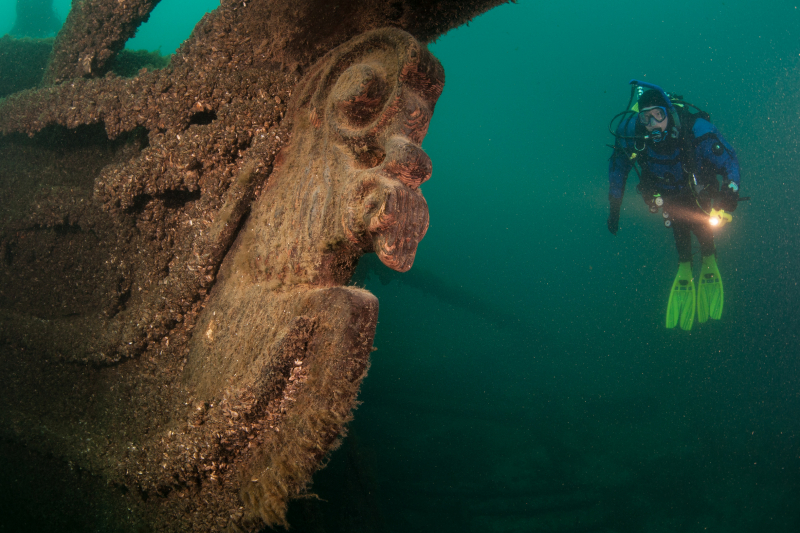
xtremespots.com 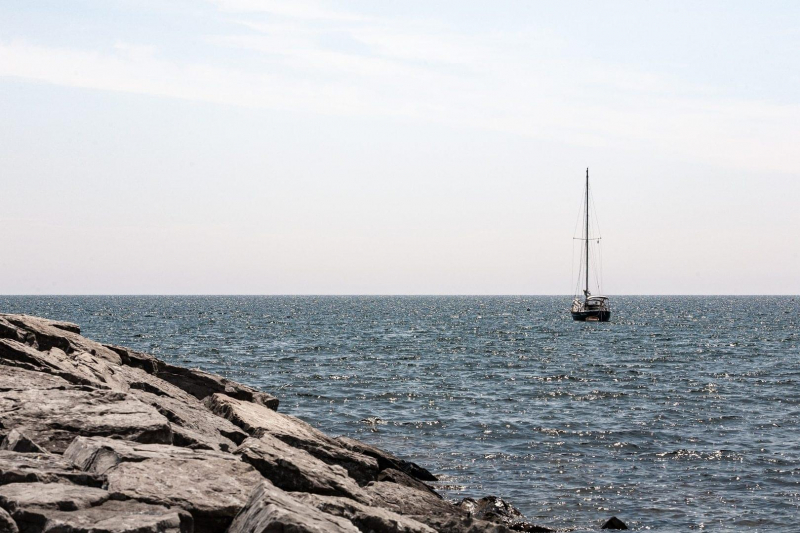
PADI -
Another the best dive site in the United States is Ohio and Gilboa Quarry is a 14+ acre limestone quarry, located in Northwest Ohio and provides the perfect environment for certified divers and training. The quarry's shallow side sits at 5-65 feet/1-19 meters while the deep part of the quarry goes to 130 plus feet/40 meters (great for technical divers and advanced training). Gilboa Quarry’s two main attractions are the Sikorsky Helicopter and Grumman Airplane which is the largest complete airplane in any quarry in the United States.
White Star Park in Sandusky County Ohio, is an 800-acre park located near Gibsonburg, Ohio. White Star Quarry is a 15-acre man-made lake with the center of the quarry reaching 50 feet/15 meters. Keep your eyes out for bluegill, common carp, channel catfish, and brown trout whilst enjoying the quarry. Night diving is also very popular here and is offered on certain days.
Location: Ohio, US.
Best Time To Dive: November to April.
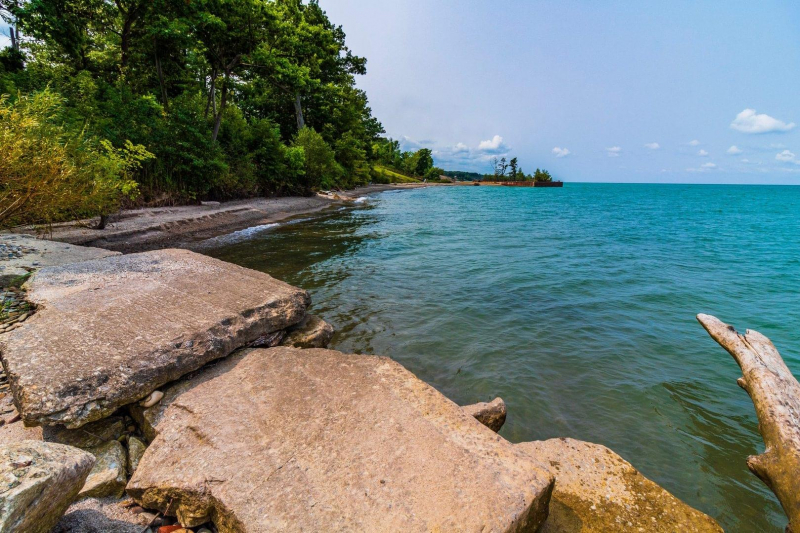
PADI 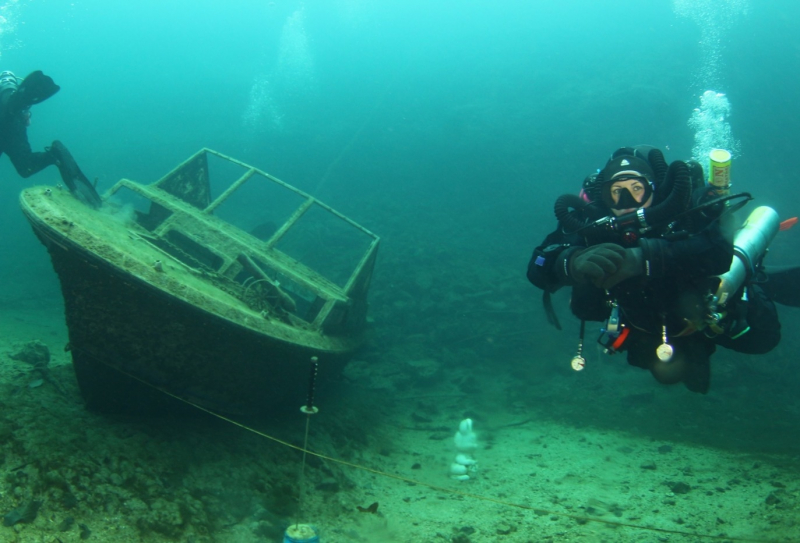
columbusnavigator.com -
Courtesy of over 300 miles of coastline, and an endless trail of gorgeous freshwater lakes, the Pacific Northwest region of the United States - Oregon offers arguably the most eye-catching rugged landscapes on the continent. Remnants of ancient volcanos reach skyward from beneath the ocean’s surface. Diving on the Oregon coast offers the chance to see red snapper, sculpin, and octopus. Steamer clams, butter clams, scallops, Dungeness, red rock, and hermit crabs make a home near the jetty areas, and the offshore reefs have cold-water anemones and sponges, with some divers lucky enough to spot sea lions and orca whales.
Divers visiting Oregon’s largest city Portland can reap the rewards of the clear spring waters surrounding nearby Mount Hood and the nutrient-rich diving in Puget Sound. Most of the shore diving in Oregon is found off the central coast, from Newport to Florence. May to September tends to be the best months for diving the coast with the summer and early fall weather conditions providing the least amount of rain.
Location: Oregon, US.
Best Time To Dive: May to September.
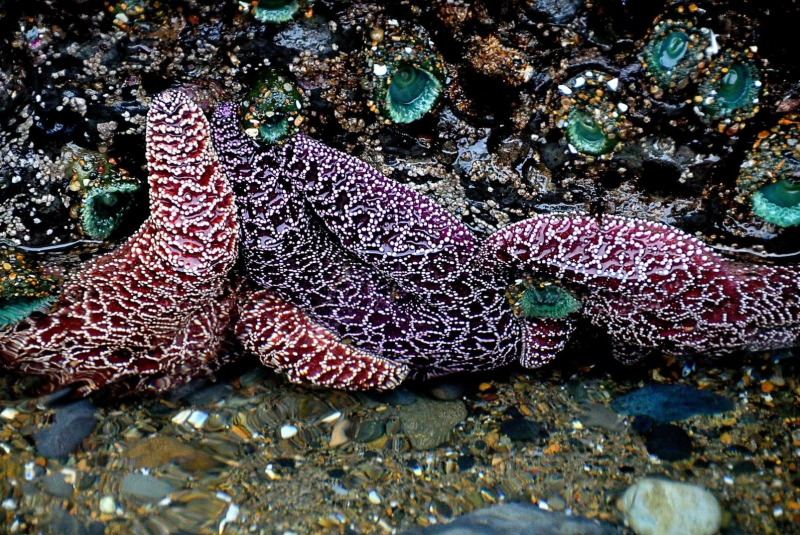
PADI 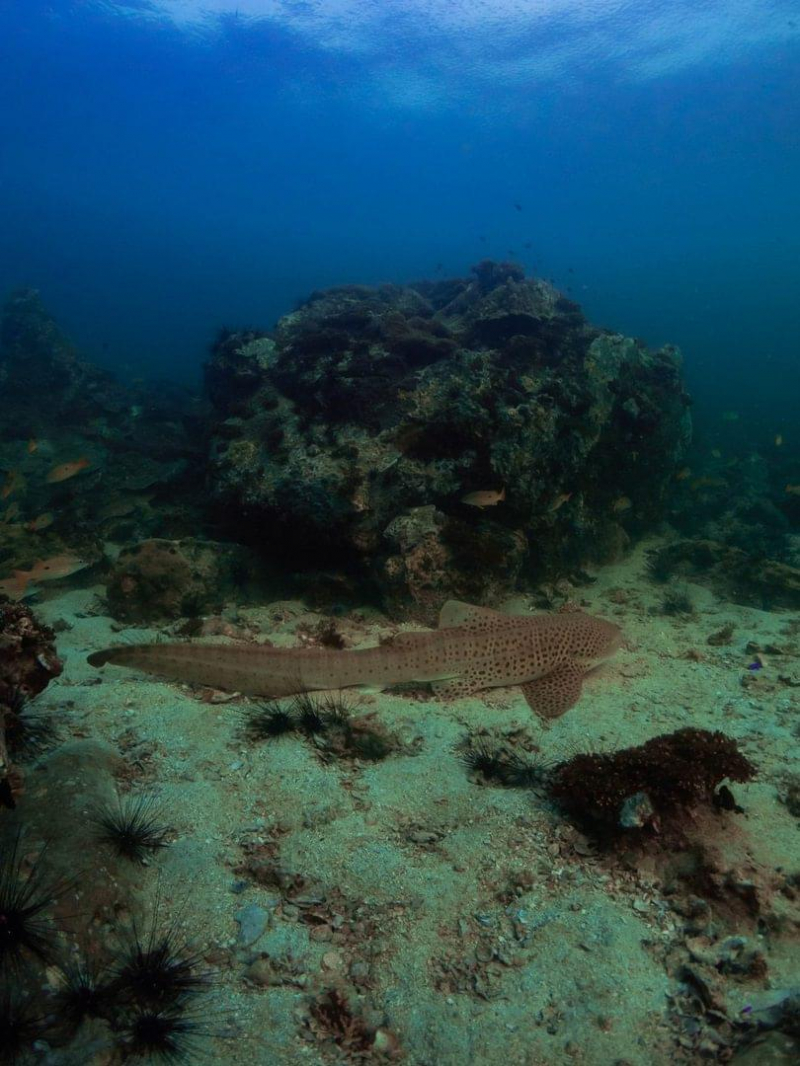
PADI -
New Jersey is one of the best dive sites in the United States. It is estimated that there are over 5,000 shipwrecks on New Jersey’s coast, from vessels that are hundreds of years old to more modern wrecks. Wreck Valley, which runs between New York’s Long Island and New Jersey, holds hundreds of shipwrecks in a 96 km swathe. The USN Algol fought in WWII and the Korean War and was sunk intentionally for divers. It is a beauty to behold, nearly completely encrusted by a thick armor of scallops and mussels.
Besides, the Resor is considered one of the best deep-dive locations on the coast, with good visibility, large schools of cod, and outstanding lobstering - sometimes lobsters are of record size. The Resor also is the site of shark-fishing tournaments in late summer. New Jersey’s dive sites are found not only in the sea but also there is a couple of inland, freshwater sites that are worth a gander. At the Delaware River Water Gap, you can check out train wreckage, including a boxcar full of empty beer bottles.
Location: New Jersey, US.
Best Time To Dive: March- April, and September-November.
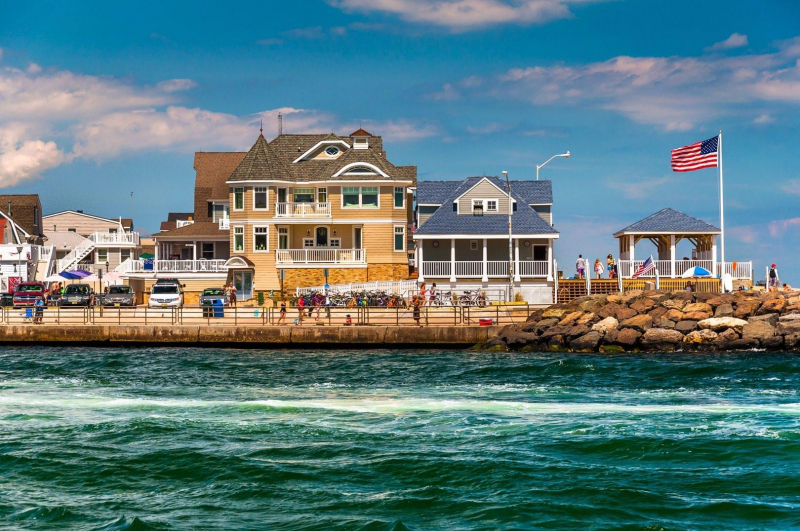
PADI 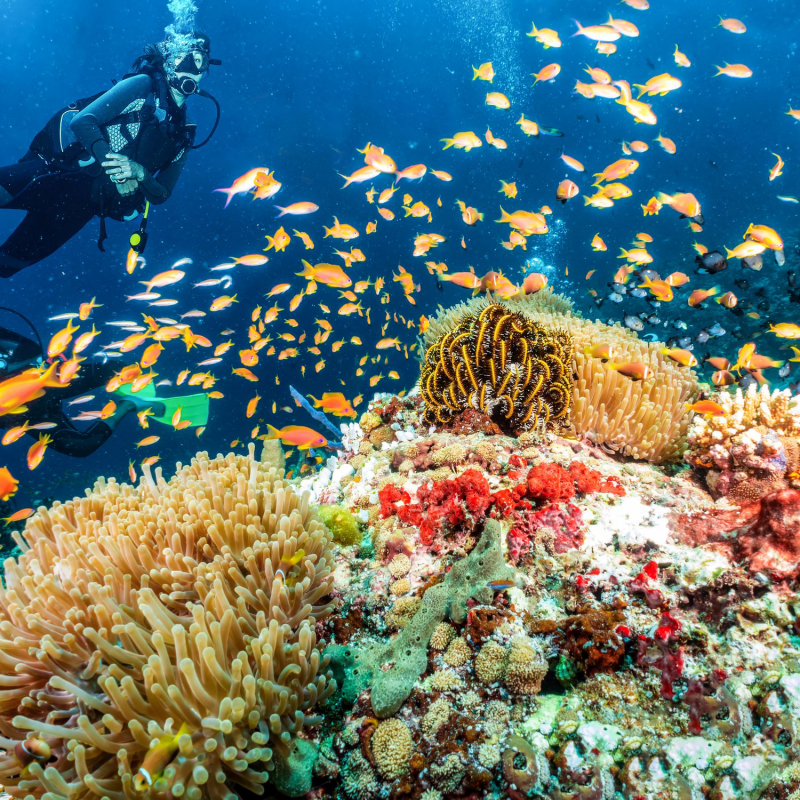
treehugger.com -
South Carolina is a southeastern U.S. state famous for its subtropical beaches and sea islands. The diversity within the state means they offer a variety of diving options including lakes and rivers. A popular place to dive in South Carolina is Lake Murray. Boat wrecks, bridges, railroad trestles, rock ledges, house foundations, and a stone house can be found here. Barracuda Alley in Myrtle Beach is an artificial reef that lies just off the coast.
South Carolina's coast provides divers bounty of underwater places to explore and a rich supply of marine life that includes great lobster finds. Along with shipwrecks off the coast, the South Carolina division of fish and wildlife has created a number of artificial reefs, making South Carolina an easy destination for divers looking for underwater adventures. Keep your eyes peeled for barracudas, Spanish mackerel, spadefish, black sea bass, and gobies.
Location: South Carolina, US.
Best Time To Dive: May to October.
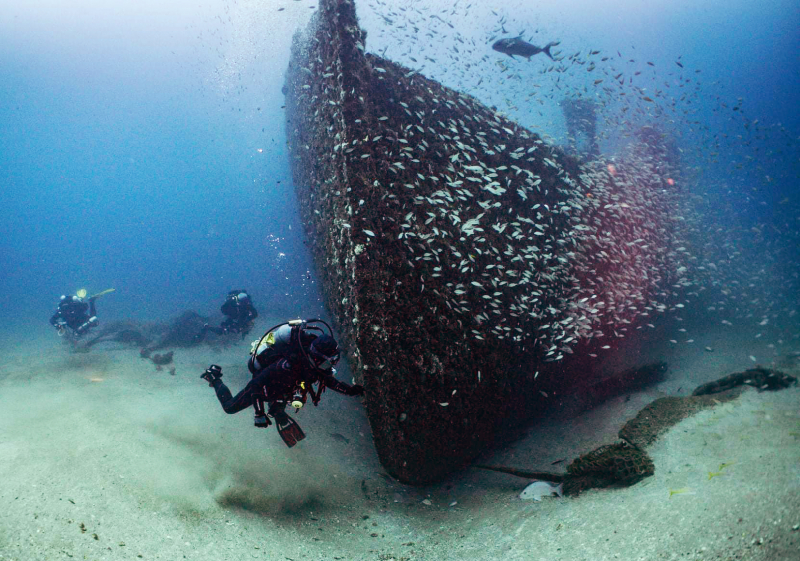
washingtonpost.com 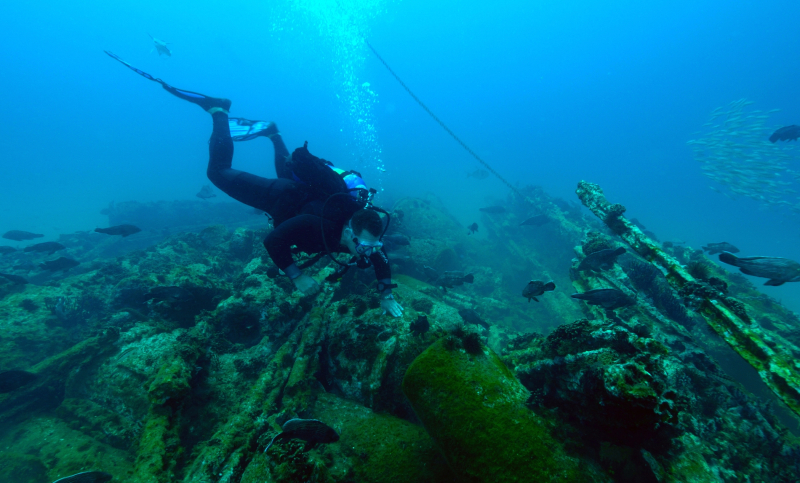
scmaritimemuseum.org -
There are a plethora of locations to dive locally in Pennsylvania. The lakes are home to various and often unique species of local flora and fauna as well as some great underwater attractions suitable for various certification levels. Dutch Springs is a 50-acre lake with depths of up to 100 feet/30 meters. This spring-fed lake offers incredible visibility from its underground aquifer that filters through the limestone. Enjoy a variety of underwater platforms and submerged vehicles such as a fire truck, school bus, and tanker truck whilst sharing the lake with the regulars, largemouth bass, rainbow trout, koi, and carp.
Water temperatures in the lakes can vary depending on the month, but you can expect around 45°F/7°C in spring and 70°F/21°C in the summer months at the shallower depths. A drysuit and undergarment thermals or 7 mm wetsuit, hood, and gloves are recommended when diving in the lakes. Visibility can vary depending on the algae bloom, but you can typically expect very good conditions here.Location: Pennsylvania, US.
Best Time To Dive: May to July.
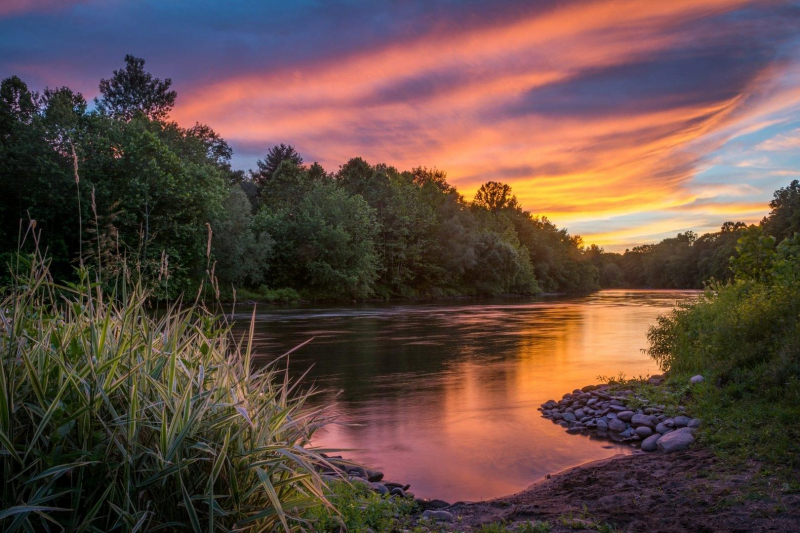
PADI 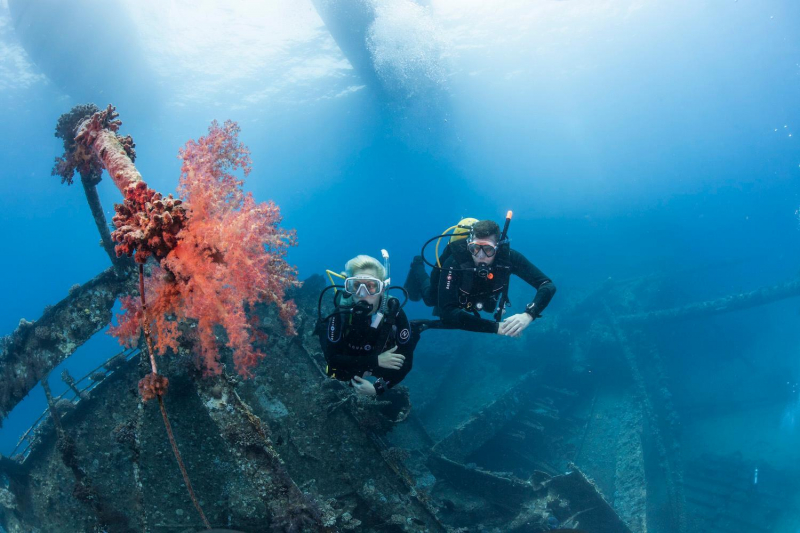
Central PA SCUBA -
Texas is among the best dives in the United States. The underwater world will strike you with its beauty while diving in Texas. Natural springs, seven major rivers, man-made lakes, and the Gulf of Mexico offers unique experiences. A popular dive in Texas with 200 artesian springs bubbling, is Spring Lake. The lake glistens in the sun, attracting wildlife and other visitors since the Ice Age: With the densest population of turtles in the USA, Spring Lake is blessed with this unique ecosystem.
Once you have enjoyed the lagoons, lakes, and rivers, Flower Gardens Banks National Marine Sanctuary lies in the Gulf of Mexico. A typical dive will begin leaping into the crystal, blue waters with schools of barracuda greeting you. As you descend, the coral will go on for miles. As you arrive on the sand, look out for nurse sharks, stingrays, and manta rays.
Location: Texas, US.
Best Time To Dive: June to November.
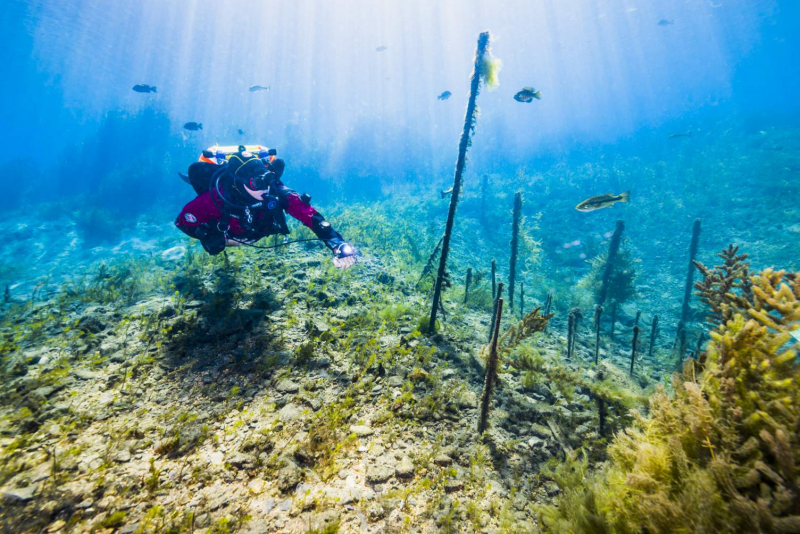
meadowscenter.txstate.edu 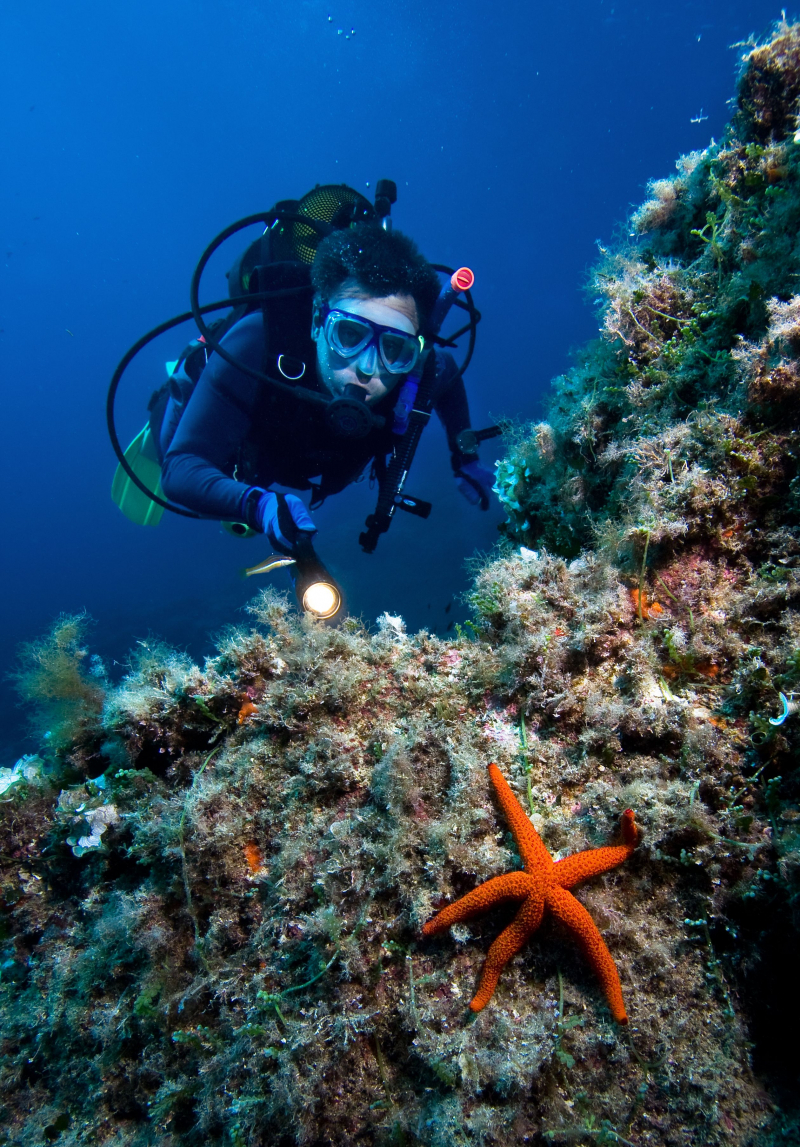
blog.txfb-ins.com

















